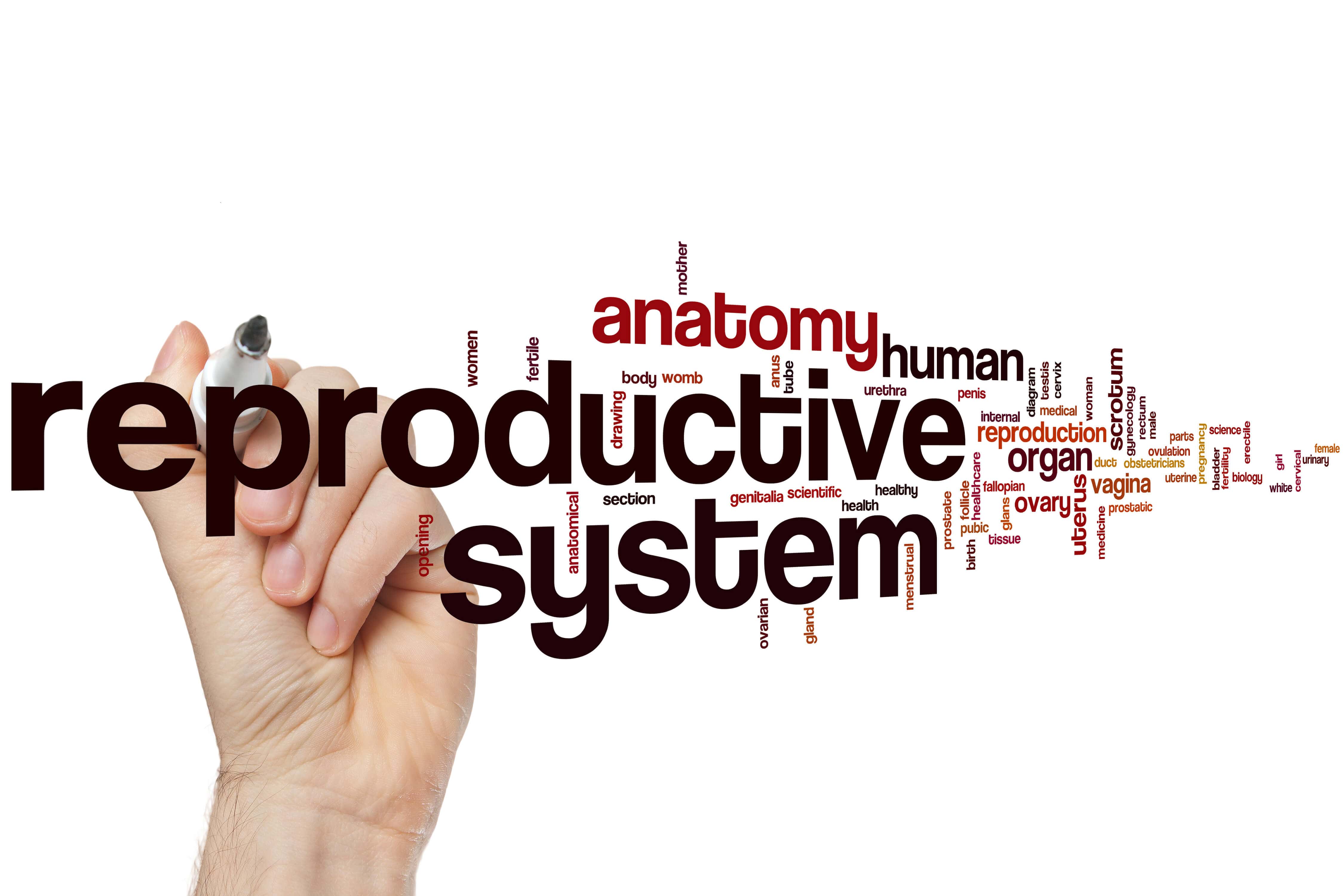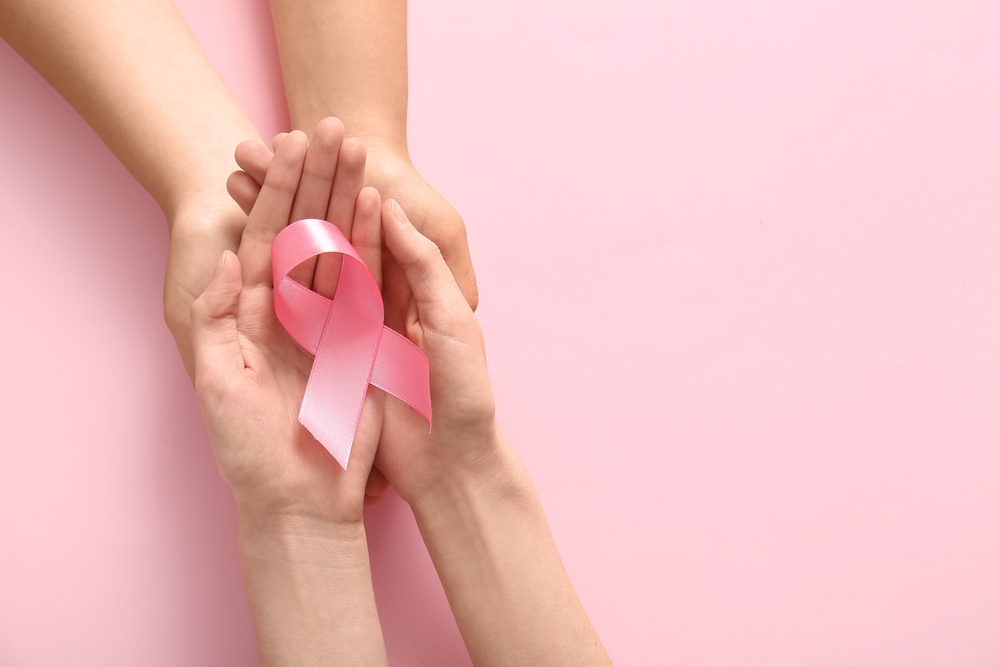This is the ninth and final blog in a new series that introduces the major systems in the human body. In this blog, we’ll cover the reproductive systems.
The male and female reproductive systems produce sperm and egg cells, respectively. The male reproductive system consists of the testes, prostate gland, and penis. The female reproductive system includes the ovaries, fallopian tubes, uterus, cervix, and vagina.
The testes make sperm and testosterone, which is a hormone that plays an important role in muscle growth and the development of secondary sexual characteristics (including facial hair and deepened voice). The prostate gland releases a substance that serves as a vehicle to transport sperm. The penis is a common outlet for urine and seminal fluid, which contains important substances that the prostate gland produces.
The ovaries are 2 glands that are of variable size. The eggs develop in the ovaries, enter the fallopian tubes, and travel to the uterus where implantation occurs. The uterine cycle consists of 3 phases: menstrual, proliferative, and secretory. During the menstrual phase, the top layer of the endometrium becomes ischemic (loses blood supply) and is shed. The proliferative phase regenerates this layer while the endometrium is prepared for possible fertilization during the secretory phase. The cervix is the lower portion of the uterus that connects the uterus to the vagina. Many fibres and muscles make up the vagina.
Love them without losing yourself. The Boom Health app helps you manage your loved one’s home care in one app. Download the app from the App Store or Google Play Store.
This article is not intended to be a substitute for professional medical advice or diagnosis. Always seek the advice of your physician or another qualified health provider with any questions you may have regarding a medical condition.





